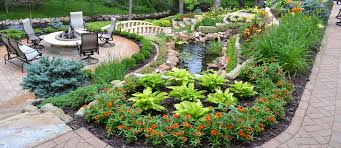
What plants do best in a vertical garden?
Best Plants for Indoor Vertical Gardening
- Orchids: Most varieties need bright but indirect light.
- Ferns: Most ferns also thrive in bright but indirect light.
- Air plants: Grow air plants in the kitchen or bathroom where you can easily dunk them in water (or spray them down frequently).
What plants are best for outdoor wall planters?
30 Best Plants for Wall Planters
- Begonias (Begonia spp.)
- Hostas (Hosta spp.)
- Japanese Iris (Iris japonica)
- Hoya (Hoya carnosa)
- Orchids (Dendrobium spp.)
- Baby’s tears (Soleirolia soleirolii) What is this? Report Ad.
- Bromeliads (Guzmania spp.)
- Ferns (Adiantum)
What do you put in a vertical planter? ‘Plants that work the best in vertical gardens are small but have robust root systems and plants that climb. Ferns, vines, succulents, and flowering plants such as orchids, pansies, and verbena also do well in vertical gardens. You can also plant vegetables like peas, tomatoes, and radishes. ‘
What kind of plants are good for walls?
Best Plants to Cover Walls
- Climbing roses.
- Trumpet vine.
- Wisteria.
- Honeysuckle.
- Garden clematis.